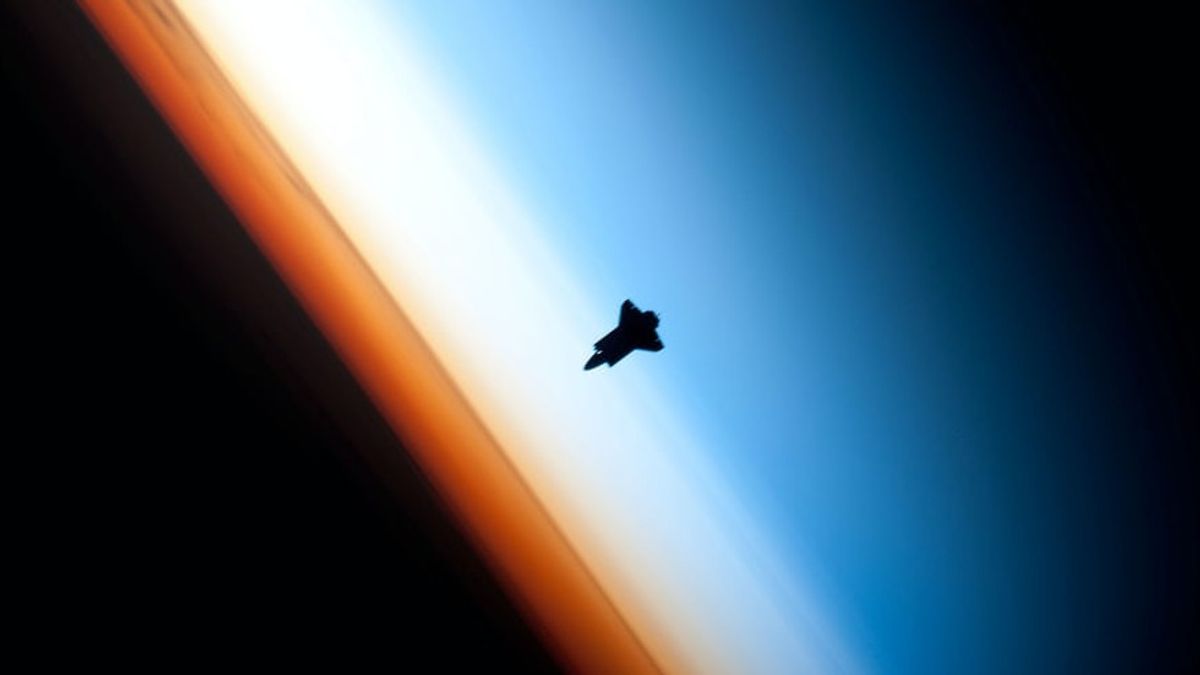JAKARTA - For years, Earth has been surprised by an unknown aerial phenomenon aka UAP, the newest term now used for UFOs. Now, NASA is forming a team to study the phenomenon.
NASA plans to study these sightings from a scientific perspective but also emphasizes that there is no evidence that the vapors originate outside Earth.
The study team, led by astrophysicist David Spergel under NASA's Science Mission Directorate, will work to identify what data is in UAP and figure out the best way to capture data in UAP going forward.
According to NASA, the limitations in sightings make it difficult to come to a logical conclusion about where the UAP is coming from. Researchers will also try to identify how NASA can use that data to advance scientific understanding of UAP.
"That study will be open and unclassified. We have access to a wide range of observations of Earth from space and that is the lifeblood of scientific investigation. We have the tools and teams that can help us improve our understanding of the unknown. says science. That's what we do," said Thomas Zurbuchen, associate administrator for science at NASA.
By studying UAP sightings, NASA said it was in their interests, even though aliens were unlikely to be the source of any STEAM.
Distinguishing between vapors caused by natural phenomena or perhaps some kind of technology is very important for one of NASA's goals, protecting air safety.
"The way we think about this at NASA is consistent with our principles of openness, transparency and scientific integrity. We don't shy away from reputational risk," Zurbuchen said.
Launching The Verge, Friday, June 10, this research comes after years of news of STEAM sightings circulating in the media.
In 2017, a New York Times report revealed that the Pentagon had a secret program called the Advanced Aerospace Threat Identification Program (AATIP), allegedly investigating frequent UAP sightings by military pilots.
Later, NASA said, this study will take about nine months to complete. Zurbuchen thinks the data NASA collects by observing the night sky for potentially dangerous asteroids or by observing Earth from space could be useful for better understanding UAP.
"Can we use existing data sets and use methodology to find events that are transient, sort of alignment, sometimes overlapping, with some of these other sightings," Zurbuchen said.
Even so, NASA emphasizes there is no evidence that UAP is extraterrestrial, but Zurbuchen did not rule out that possibility.
"If someone asked me if I really thought there was irrefutable evidence for intelligent life here in any of these phenomena, I would give a perfectly acceptable answer as a scientist, namely, I don't know," Zurbuchen said. .
The English, Chinese, Japanese, Arabic, and French versions are automatically generated by the AI. So there may still be inaccuracies in translating, please always see Indonesian as our main language. (system supported by DigitalSiber.id)








